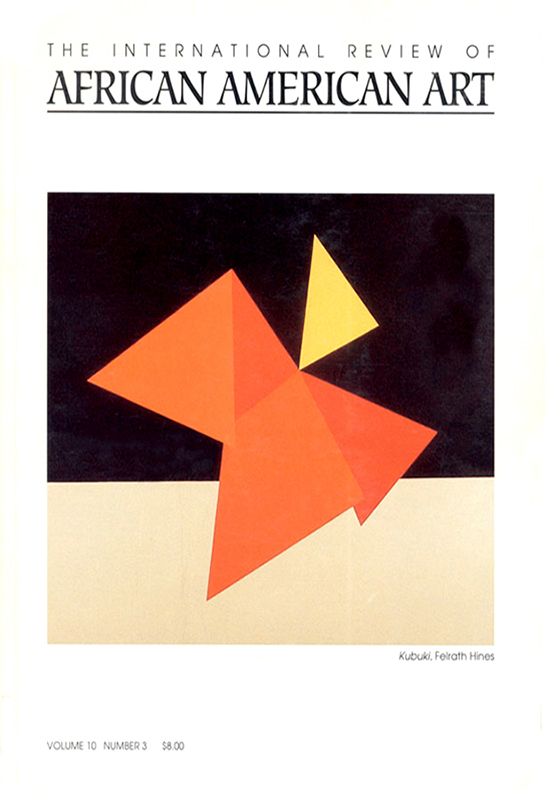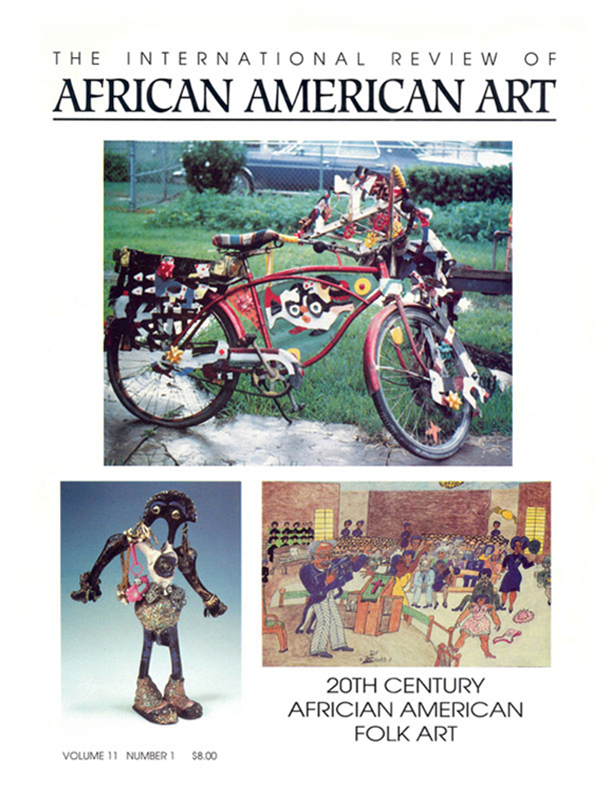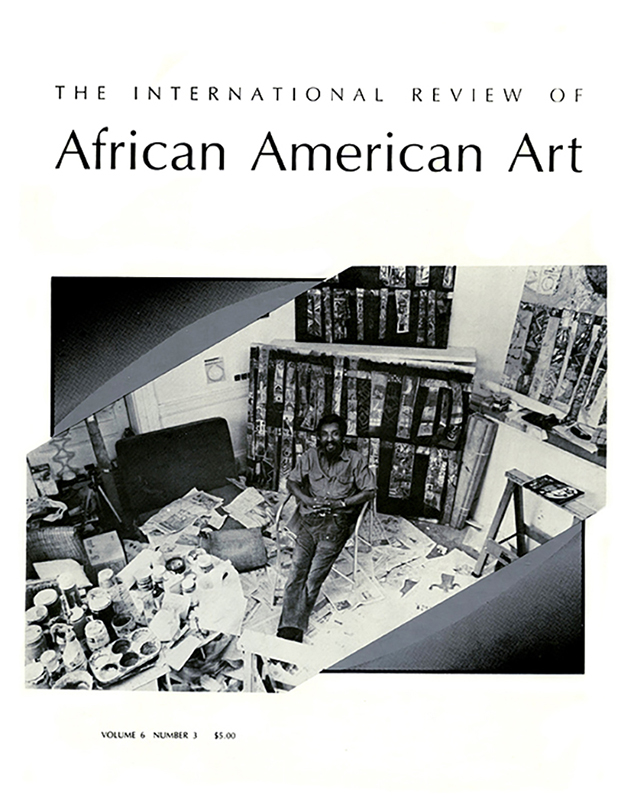Description
Editor
Vanessa D. Thaxton–Ward, Ph.D.
Guest Editor
Eddie Chambers, Ph.D.
Assistant Editor
Deanna Brooks
Executive Publisher
William R. Harvey, Ed.D.
We have the British historian, writer and academic Paul Gilroy to thank for the term “Black Atlantic.” He originated the term and used it in one of his many important books, The Black Atlantic: Modernity and Double Consciousness, published in 1993. The book The Black Atlantic certainly pushed the credibility of the idiom, “Don’t judge a book by its cover,” because Gilroy’s commanding tome carried on its cover a reproduction of Aaron Douglas’s masterful work from the mid–1940s, Building More Stately Mansions (which had, in 1976, adorned the cover of another, though very different publication of critical importance, Two Centuries of Black American Art, David Driskell’s major and foundational curatorial undertaking of the U.S.’s bicentennial year, 1976). A majestic painting, in which Douglas characteristically combined visions of modernism with steadfast depictions of African American history, identity and purpose; it was very much an inspired choice for Gilroy’s book jacket.
With extraordinary originality of thought, Gilroy proposed an understanding of the Atlantic not as one of the earth’s major oceans, but more as a site of racial creation and transformation, resulting in large part from the consequences of the Middle Passage, the nightmarish journey that took so many millions of enslaved Africans from their homelands to the New World. Historians had, over the course of many decades, sought to describe and chronicle the several centuries long operating of the Atlantic Slave Trade, but Gilroy’s brilliance in large part rested on the ways in which he constructed the Middle Passage as fundamental to the creation of Black people’s identities steeped in, and born of, modernism and double consciousness. The latter term was of course originated by W.E.B. Du Bois in his infinitely important set of essays published at the turn of the 20th century, The Souls of Black Folk. Historians and scholars beyond number have cited The Souls of Black Folk, but none had brought its defining components to bear in its broader, transatlantic context in the astonishing ways in which Gilroy did. In formulating the Atlantic as “a continent in negative,” Gilroy brought into existence the most remarkable theoretical construct of the African diaspora of the late 20th century.
This issue of The International Review of African American Art brings together seven illustrated texts, under the broad umbrella of Black Atlantic Dialogues. A number of the texts emerge from their writer’s particular considerations of the interplay of artists and their practices that decisively reflect the potent cultural hybridity, “that occurred as a result of transatlantic slavery and its legacy.”
—Excerpt from “Black Atlantic Dialogues” by Eddie Chambers, Ph.D.
Feature Articles and Contributors:
“Letter from the Editor: Black Atlantic Dialogues”, Eddie Chambers, Ph.D.
“Black Atlantic Influences, Interlocutors, and Image–Makers in the Group Exhibition Get Up, Stand Up Now”¸ Carol Dixon, Ph.D.
“LaToya Ruby Frazier: All Turns to Rust”, Ian Bourland, Ph.D.
“Afro–French or Afro/French Artist?”, Monique Kerman, Ph.D.
“Between Two Gulfs: Ecological Politics and Black Geographies in the Work of Regina Agu”, Allison Young, Ph.D.
“In Retrospect: The Significance of Faith Ringgold at the Serpentine Gallery, London”, Richard Hylton, Ph.D.
“Nick Cave, Until, Glasgow Tramway”, Catherine Spencer, Ph.D.
“Hew Locke’s Depictions of Royalty: Some Considerations”,
Eddie Chambers, Ph.D.
Bibliographic Details
Title: The International Review of African American Art
Publisher: The Hampton University Museum, Hampton, Virginia
Publication Date: 2019
Binding: Pictorial Softcover
Book Condition: Excellent
Book Type: Quarterly Magazine
Shipping Terms:
All books are padded and wrapped carefully. Most are shipped in a box, unless very small, in which case they will be shipped in a padded envelope.





Reviews
There are no reviews yet.